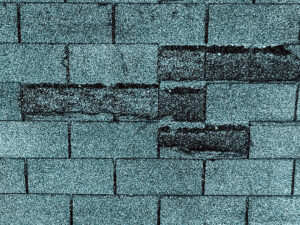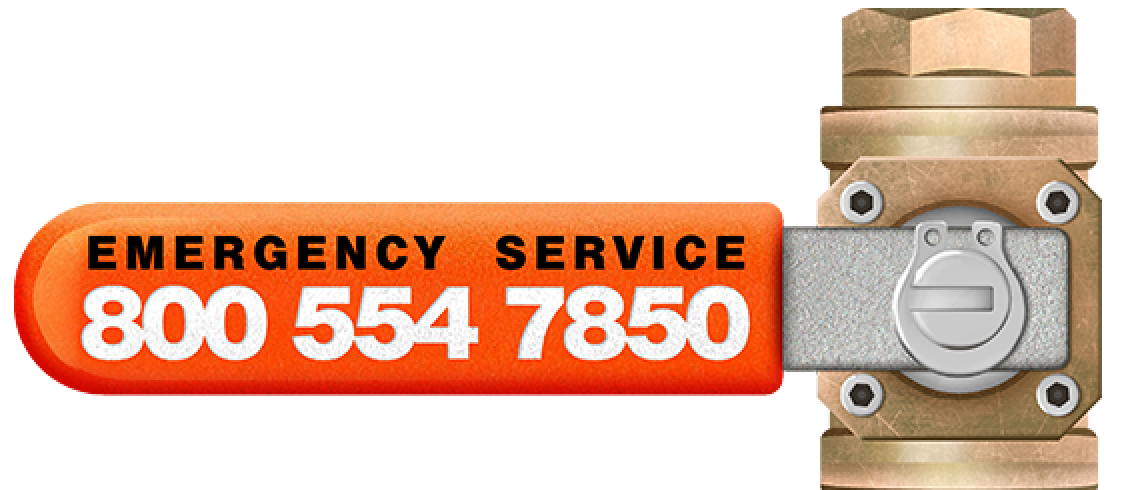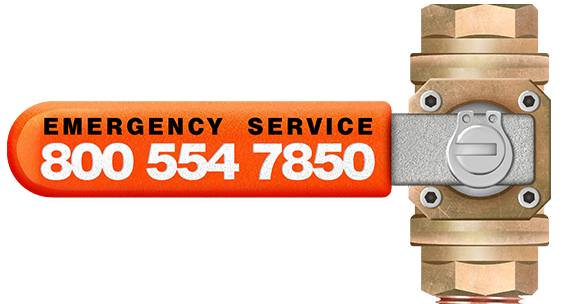Water is Wonderful
Having water at home is wonderful. Water damage – not so much.
The key to successful indoor plumbing is to keep it where it should be at all times. In the pipes, before you need the water and in the drain, when you are finished.
Water damage will occur when water remains in contact with building surfaces for a long time.
Water will cause building materials, including wood, drywall, insulation, plaster, carpet, and so on, to break. It can swell, deform or disintegrate, but any way it loses its structural integrity, if left untreated, your home will become uninhabitable.
Get help – right away!
You need to call a professional water mitigation specialist when you discover water damage in your home or business.
When you have water damage, time is of the essence. When the wood gets wet, there will be a race to find out what will happen first. Will the wood absorb water or evaporate? Wood contains water naturally. The percentage of moisture in the wood is usually in the range of about 4%. But as you absorb more and more water, you will begin to experience deformations and swelling. It will attract insects and expose your home to mold growth. Therefore, you do not want to allow the wood to stay wet for longer than possible.
If the water is trapped behind a wall or hidden under a sink, you may not even know it has been there for some time. But once you know about it. Get help right away.
Sources of water damage

Water can enter your home in many ways. External factors, such as nature and weather events, can cause water intrusion. When storms arrive, the wind can do a lot of damage. Sometimes, the wind will rip shingles or tear off siding. But when the wind drops a tree or branches, they have the ability to break windows and even penetrate roofs or walls. Once the security of the house is breached, all the rain from the storm takes over and begins to flood the house.
Sometimes, it is an unexpected disaster that happens inside. Plumbing components installed incorrectly, poorly maintained or worn can cause water leaks.
Sinks and pipes are your best friends when it comes to controlling the water in your home. Think of fire extinguishers, water supplies for sinks, toilets and appliances. They manage the water intake. Then there are the pipes connected to the sewer to control the water outlet. Unfortunately, both will fail from time to time.
Then there are weather conditions and unforeseen circumstances that can also be the source of water damage to your home or business.
Again, there are countless ways in which things can go wrong, but here are some very common ways in which people experience water that forces them to take action to deal with the damage:
- Burst water pipes
- Defective drains
- Leakage around bathrooms, bathtubs and sinks
- Leaky appliances (refrigerator, dishwasher, water heater, etc.)
- Irrigation systems (internal for fires, external for irrigation)
- Leaking roofs
- A window left open or broken during bad weather
- Fire brigade water used to put out a domestic fire
- Steam build-up in unventilated bathing areas
- General humidity
- …a lot more
Often, water intrusions happen where you don’t see them, such as in the attic, under cabinets or appliances, or behind the shower stall walls. Many companies scrub the floor daily. If workers are careless, water may not be completely dried out in areas that are difficult to access, and this can cause water damage.
Signs of water damage

You should watch for signs of water damage. Signs like:
- Brown stains on the ceiling or walls
- The accumulation of water around the house or business (under sinks, behind bathrooms, etc.)
- Wet carpet
- Condensation on surfaces such as the interior of windows or on window / door frames
- Swelling of doors or windows, making it more difficult to open or close them
- Cracks in the caulking around your bath / shower, sinks, toilets and guards
- Microbial growth that looks like mold growing on any surface.
Mold
In addition to problems with building materials in your home breaking and needing to be replaced, whenever there are wet surfaces, either because of standing water or condensation from a steam bath, mold will start to grow. Mold spores are everywhere on this planet and water is what allows spores to become visible – and sometimes invisible – colonies of mold that can be causing great harm to you, your family and your pets.
If your home has a relative humidity above 50%, you risk mold. Florida is well above that all year. Orlando’s average humidity is 74% and near the coast it is even higher. You cannot escape the threat of mold, but you can control the humidity in your home and prevent unwanted water from entering.







